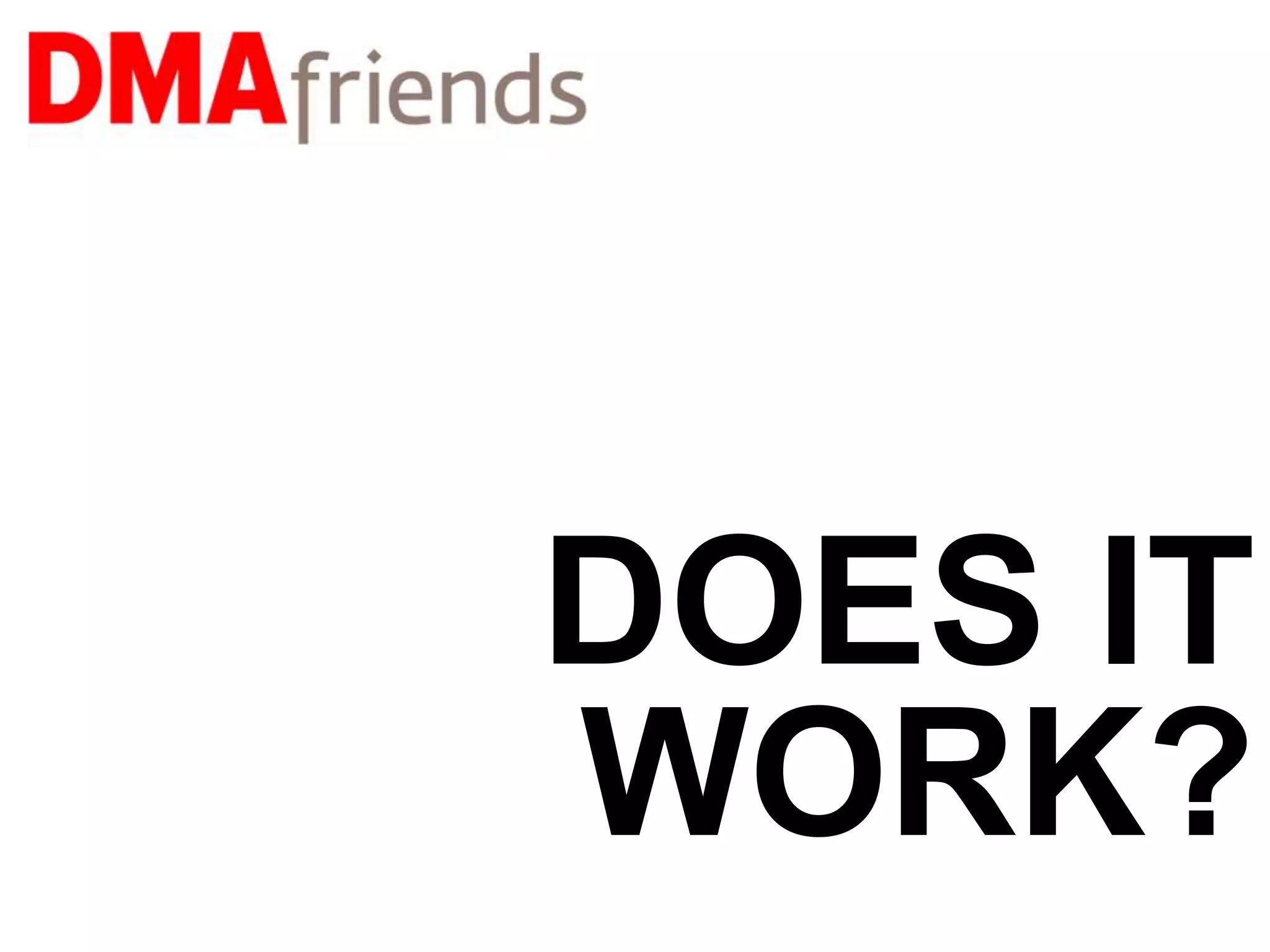The document discusses how digital methods can connect cultural heritage institutions to contemporary society. It notes that 70% of the global population will live in cities by 2050 and that smart cities face challenges in dealing with proliferating information. The document advocates that cultural institutions should focus on using technology to better understand engagement through metrics like repeat visits and diversity. It provides examples from the Dallas Museum of Art of using free admission and membership along with mobile technologies to better measure outcomes.

















![Flickr Credit ~choimakko
THE FUTURE OF KNOWLEDGE
The future [of knowledge] is to let ‘the machines’
do the heavy lifting and for us humans to focus on
connecting the dots, discovering context, meaning
and relevance, and to make human sense of it all.
Gerd Leonhard. The Future of Knowledge. Jan 7, 2014
https://connect.innovateuk.org/web/creativektn/article-view/-/blogs/the-future-of-knowledge](https://image.slidesharecdn.com/wk767dcssorzk5ysdr7e-signature-954031d6088d3ecd1a712d9b63bd35332fcf76ced0ab9cc740132ecdefb1d517-poli-150107212949-conversion-gate02/75/Connecting-the-Dots-How-Digital-Methods-Become-the-Glue-that-Binds-Cultural-Heritage-to-Contemporary-Society-18-2048.jpg)





















































